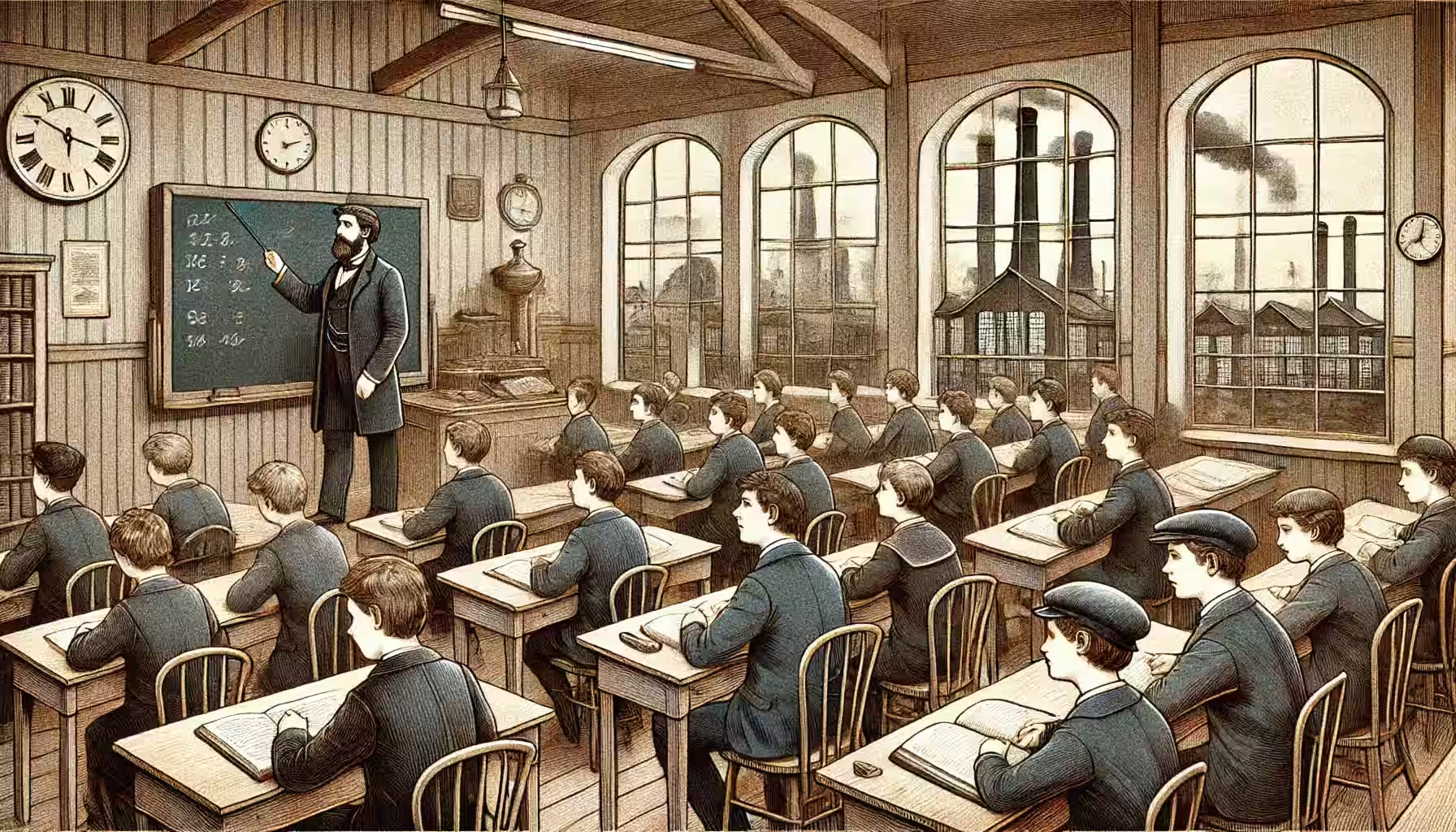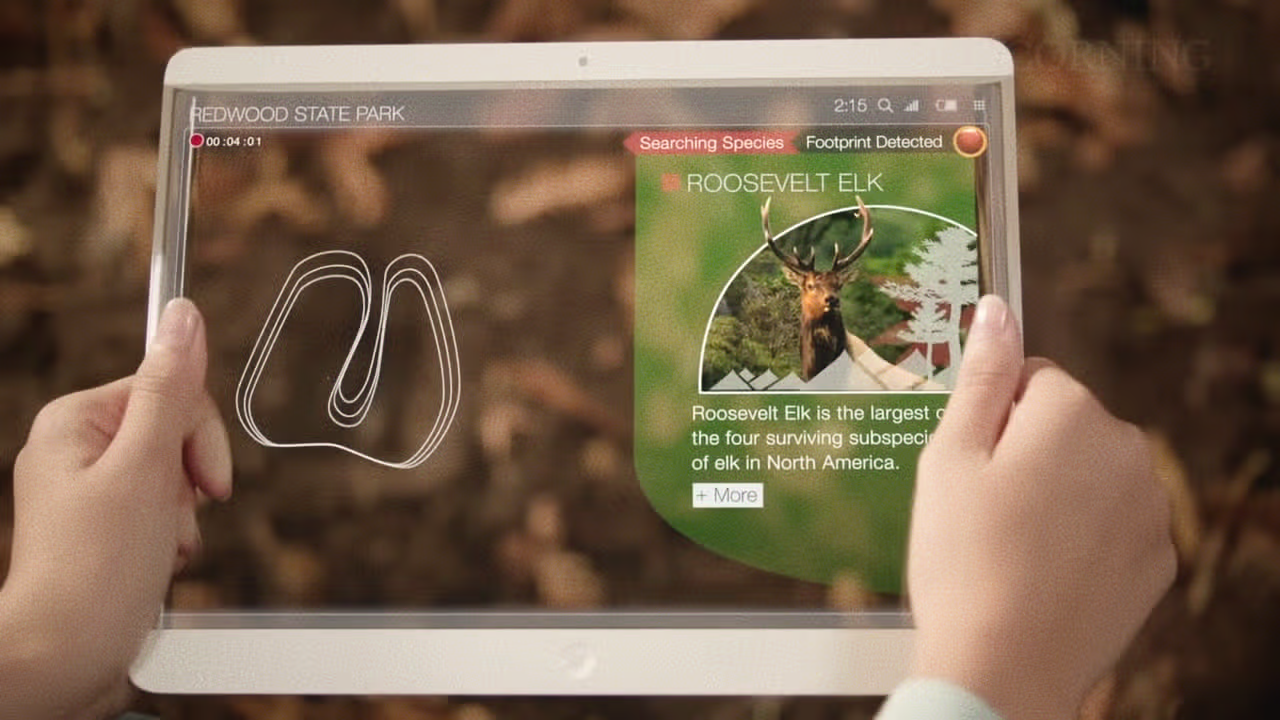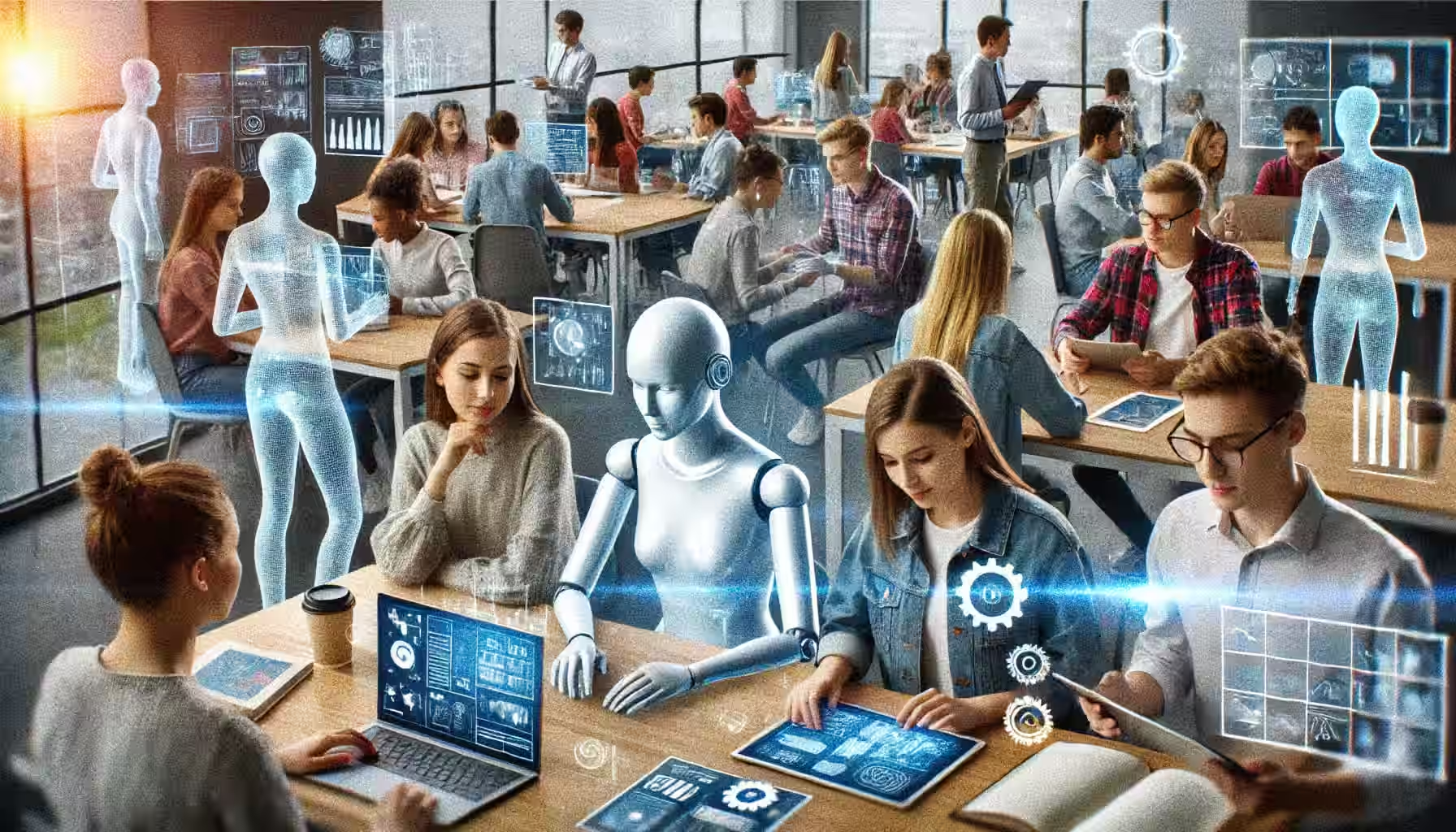Rethinking Education in the Age of AI
Educational institutions are often bound by rigid curricula, bureaucratic inertia, and a reluctance to deviate from established methods. This lag in adaptation leaves graduates ill-prepared for the rapidly changing job market.

TL;DR
The modern educational system, designed during the Industrial Revolution to produce specialized workers, is facing unprecedented challenges due to the rise of artificial intelligence (AI). As AI empowers individuals to learn and do anything they desire, rigid career paths are becoming obsolete. The traditional education system struggles to adapt swiftly to these changes. Alternatives that emphasize adaptability, critical thinking, and lifelong learning are necessary. Education should shift from training individuals as chess pawns—limited in movement and role—to empowering them as chess queens—versatile and capable of navigating complex landscapes.
The Origins of the Modern Educational System
The modern educational system has its roots in the Industrial Revolution of the 18th and 19th centuries. Designed to meet the demands of an industrializing society, education was structured to produce a workforce capable of performing specialized tasks in factories and offices. This model emphasized standardization, conformity, and the compartmentalization of knowledge into distinct disciplines.

According to historian David Tyack in The One Best System: A History of American Urban Education (1974), the primary goal of education during this period was to create efficient workers who could fit into the hierarchical structures of industrial organizations. This system was effective for its time, producing generations of workers equipped with the skills necessary for industrial production.
Challenges Facing Education in the Age of AI
Today, artificial intelligence is disrupting traditional industries and redefining the nature of work. AI technologies are automating routine tasks and even taking on roles that require complex decision-making. This shift challenges the efficacy of an education system designed for a bygone era.
As AI democratizes access to information and learning resources, individuals are no longer confined to traditional pathways to acquire knowledge or skills. A report by the World Economic Forum titled The Future of Jobs Report 2023 highlights that AI and automation will displace many jobs but also create new roles requiring different skill sets, such as critical thinking, creativity, and emotional intelligence.

Despite these shifts, the traditional education system has been slow to adapt. Educational institutions are often bound by rigid curricula, bureaucratic inertia, and a reluctance to deviate from established methods. This lag in adaptation leaves graduates ill-prepared for the rapidly changing job market.
In their book Academically Adrift: Limited Learning on College Campuses (2011), Richard Arum and Josipa Roksa argue that higher education institutions are slow to innovate due to entrenched interests and structural complexities. The pace of technological advancement outstrips the ability of educational systems to incorporate new methods and content, leading to a skills gap between graduates and industry needs.
Alternatives and the Way Forward

To address these challenges, education must undergo a paradigm shift. The focus should move from rote learning and specialization to encouraging adaptability, problem-solving skills, and lifelong learning habits. Personalized learning platforms, project-based curricula, and interdisciplinary studies are potential alternatives that can better prepare individuals for the future.
As simply put:
“The modern education system confines minds to rigid roles (careers and expertise), converting them into chess pawns, while AI enables people to become chess queens. Education should be teaching how to play chess, not just piece movements.”
This analogy underscores the need for education to empower individuals with the versatility and strategic thinking akin to a chess queen, rather than the limited moves of a pawn.
Researchers like Neil Selwyn emphasize the importance of reimagining education in the context of AI. In his article “Should Robots Replace Teachers? AI and the Future of Education” (British Journal of Educational Technology, 2019), Selwyn discusses how education should pivot towards enhancing human qualities that machines cannot replicate, such as empathy, ethics, and critical thinking.

Conclusion
As we stand on the cusp of an AI-driven era, it’s evident that the traditional educational system must evolve to meet the demands of a rapidly changing world. The rigid structures designed during the Industrial Revolution no longer suffice in preparing individuals for the complexities of modern life. Artificial intelligence is not just automating tasks; it’s reshaping industries and redefining what it means to work and learn.
Education should no longer be about confining minds to predetermined paths but about empowering individuals to navigate uncharted territories. Just as a chess queen moves freely across the board, learners today must be equipped with versatility, critical thinking, and the ability to adapt. By shifting our focus from rote memorization to cultivating creativity and lifelong learning, we can transform education into a dynamic force that propels society forward.
The analogy of moving from pawns to queens encapsulates this transformation. It’s a call to action for educators, policymakers, and learners alike to embrace change and rethink the very foundations of education. We must become not just players in the game but strategists who shape the future.
In embracing this shift, we unlock the potential for individuals to not only thrive in an AI-enhanced world but to drive innovation and positive change. The question is no longer whether we should adapt but how swiftly we can redesign education for the thinkers, creators, and leaders of tomorrow.
The game is changing, and it’s time for us to change with it. Will we remain as pawns, limited by outdated systems, or will we seize the opportunity to become queens and strategists, charting our own paths in an ever-evolving landscape? The choice is ours, and the time to act is now.

References
- Tyack, D. (1974). The One Best System: A History of American Urban Education. Harvard University Press.
- World Economic Forum. (2023). The Future of Jobs Report 2023. Retrieved from https://www.weforum.org/reports/the-future-of-jobs-report-2023
- Arum, R., & Roksa, J. (2011). Academically Adrift: Limited Learning on College Campuses. University of Chicago Press.
- Selwyn, N. (2019). Should robots replace teachers? AI and the future of education. British Journal of Educational Technology, 50(6), 1295–1300.
Engineering should have a purpose.
And ultimately, Technology should empower people.